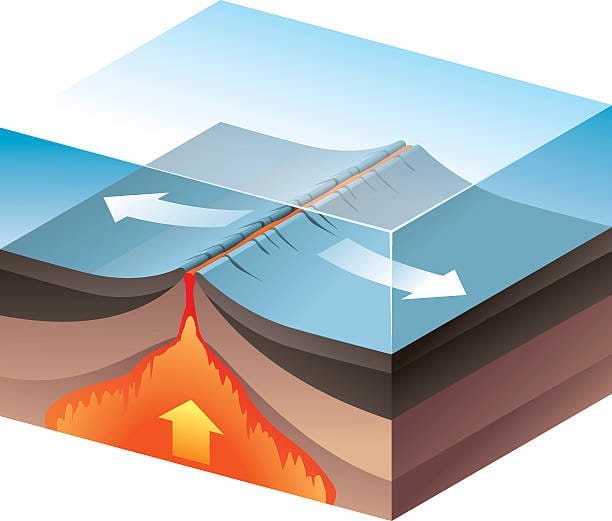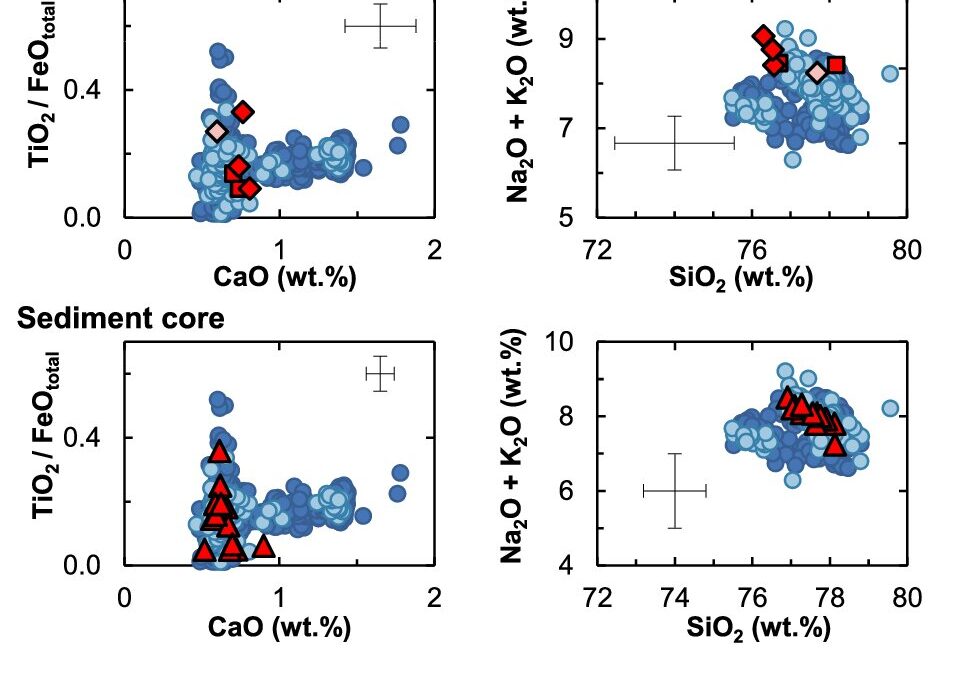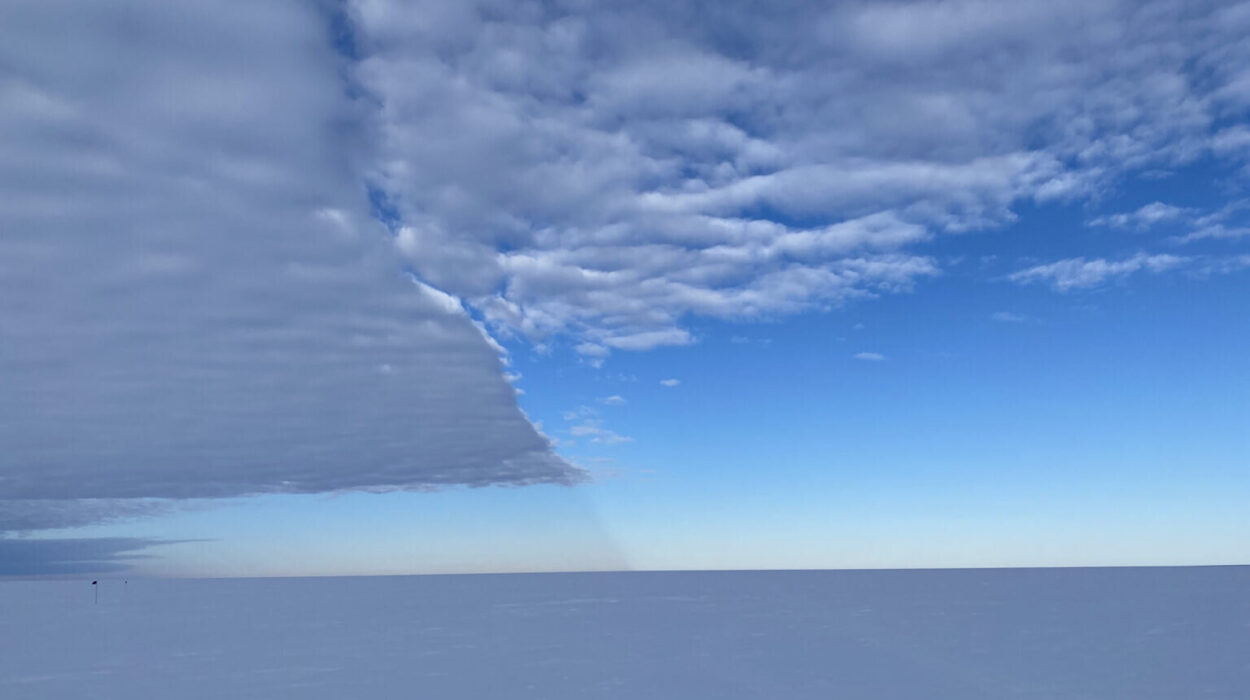Imagine standing silently in an ancient forest, surrounded by towering trees and distant mountains that seem eternal and unchanging. The earth beneath your feet feels solid, unmoving—as if it has stood the test of time without ever shifting. Yet, if you could peer beneath the surface, deep into the rocks and soil, you would discover a truth far more astonishing: the very ground beneath us is moving. Continents drift apart, oceans widen and close, mountains thrust upwards, and valleys sink—all part of a grand planetary dance spanning billions of years.
This slow but unstoppable motion is the essence of plate tectonics, a scientific breakthrough that revolutionized our understanding of Earth. This theory explains why continents move and how the surface of our planet continually reshapes itself, molding the landscape we know today. It reveals Earth as a living, breathing system, constantly evolving and restless beneath its solid exterior.
Unraveling the mystery of why continents move took centuries of observation, debate, and discovery. It is a tale filled with intellectual daring, technological innovation, and a profound shift in how humans perceive their home. The story of plate tectonics is nothing short of a grand scientific adventure—one that brings together the rocks beneath our feet, the history of life on Earth, and the fiery heart of the planet itself.
An Idea Before Its Time: Continental Drift
Long before the discovery of plate tectonics, observers noticed something peculiar. If you held a globe in your hands or studied a map, the coastlines of continents like South America and Africa appeared to fit together like puzzle pieces. This odd resemblance stirred curiosity centuries ago, sparking ideas that the continents might once have been joined.
The first scientist to present a compelling theory about moving continents was Alfred Wegener, a German meteorologist and geophysicist. In 1912, he proposed the concept of continental drift. Wegener suggested that all the continents had once been part of a massive supercontinent, which he named Pangaea—meaning “all lands” in Greek. Over millions of years, Pangaea had broken apart, and its pieces had slowly drifted to their present locations.
Wegener’s evidence was compelling. Fossils of the same ancient plants and animals were found on continents now separated by vast oceans. Geological formations, like mountain ranges and rock types, aligned perfectly across continents. Even glacial deposits from the same ancient ice age appeared on continents now near the equator. To Wegener, the Earth’s history made sense only if the continents had moved.
Despite his strong evidence, Wegener faced intense skepticism. His critics pointed out a fatal flaw: he could not explain the force that moved continents. The scientific community was rooted in the belief that continents were fixed and immobile, and without a plausible mechanism, continental drift was dismissed as speculation.
Wegener’s life ended tragically in 1930 on an expedition to Greenland, far from the recognition his theory would one day earn. His idea, though dismissed at first, set the stage for a revolution in Earth science that would transform our understanding of the dynamic planet.
Secrets Beneath the Sea: The Ocean Floor Revelation
The next clues to the mystery emerged not on land but under the ocean. For centuries, the seafloor was one of the least explored places on Earth, hidden beneath kilometers of water. Its surface was thought to be flat and lifeless—until sonar technology developed during and after World War II unveiled a hidden landscape of mountains, trenches, and valleys beneath the waves.
One of the most striking discoveries was the Mid-Atlantic Ridge, an underwater mountain range stretching thousands of kilometers from the Arctic Ocean to the southern tip of Africa. This ridge was not just a ridge—it was a vast fissure in the Earth’s crust, where new crust seemed to be forming.
American geologist Harry Hess proposed the theory of seafloor spreading in the early 1960s. He suggested that molten rock from the Earth’s mantle rises at mid-ocean ridges, creating new oceanic crust as it cools. This new crust then slowly moves away from the ridge, pushing continents apart and making oceans wider.
Supporting Hess’s idea, scientists found symmetrical patterns of magnetic stripes on either side of mid-ocean ridges. These stripes were created as minerals in the cooling crust aligned with Earth’s magnetic field, which periodically reverses. The magnetic stripes acted as a tape recording of seafloor spreading, confirming that new crust was indeed being generated and pushed away over millions of years.
This revelation was groundbreaking. It provided the mechanism that Wegener’s theory lacked. The continents weren’t drifting independently—they were passengers on gigantic plates of solid rock, moving as new crust formed and old crust was destroyed.
The Great Unification: Plate Tectonics Emerges
By the late 1960s, the pieces of the puzzle came together into a comprehensive theory: plate tectonics. This unified the earlier ideas of continental drift and seafloor spreading into a cohesive framework explaining the movement of Earth’s surface.
The Earth’s outermost layer, called the lithosphere, is rigid and broken into several large and small tectonic plates. These plates float atop a softer, hotter layer known as the asthenosphere, which can flow slowly over geological time. The plates are constantly moving, albeit at a rate comparable to the growth of human fingernails—just a few centimeters per year.
Beneath these plates, heat from the Earth’s interior drives motion. The mantle acts like a slowly boiling pot, with convection currents rising and sinking as hot material moves upward and cooler material sinks. These currents drag the plates along, setting the stage for constant geological activity.
At the boundaries where plates meet, spectacular phenomena occur. Plates can pull apart, collide, or slide past each other, producing earthquakes, volcanic eruptions, mountain-building, and ocean trench formation. Plate tectonics thus provides a unified explanation for nearly all surface geological activity on Earth.
The acceptance of plate tectonics revolutionized geology, oceanography, and paleontology. It explained the distribution of earthquakes and volcanoes, the formation of mountain ranges, and the past movement of continents and ocean basins. The Earth was no longer a static sphere but a dynamic, ever-changing world.
The Forces Behind the Motion: Mantle Convection and More
Understanding why plates move means diving deep into the Earth’s interior and uncovering the forces at work. The planet’s engine lies thousands of kilometers beneath our feet, where temperatures reach thousands of degrees Celsius.
The core of the Earth, composed mostly of iron and nickel, is extremely hot. Heat escapes slowly from the core into the mantle above, creating temperature differences that generate mantle convection—the cyclical rising of hot, less dense rock and sinking of cooler, denser rock.
These convection currents in the mantle are primary drivers of plate motion. Hot mantle rock rises at mid-ocean ridges, where it partially melts to form new oceanic crust. As this crust cools and moves away, it becomes denser and thicker.
When oceanic plates reach continental plates, or collide with other oceanic plates, the denser plate can sink back into the mantle in a process called subduction. This sinking slab pulls the rest of the plate along—a mechanism known as slab pull—one of the most powerful forces moving plates.
In addition, at mid-ocean ridges, new crust pushes older crust aside, a force called ridge push. Gravity causes the higher elevation of the ridge to push the plate downward and outward.
Together, these forces—mantle convection, slab pull, and ridge push—act like an invisible engine driving the movement of continents and ocean floors. This intricate balance shapes our planet’s surface over millions of years.
When Plates Collide: The Birth of Mountains and Earthquakes
The movement of plates is not always smooth. When plates interact, they can create some of Earth’s most dramatic and violent features.
When two continental plates collide, neither easily sinks because both are relatively light and buoyant. Instead, they crumple and fold, pushing the crust upward into towering mountain ranges. The most famous example is the Himalayas, formed as the Indian plate crashed into the Eurasian plate over the past 50 million years. The mountains continue to grow as the plates press together, with Mount Everest rising a few millimeters each year.
Where oceanic plates meet continental plates, the denser oceanic plate subducts beneath the continent. As it plunges into the mantle, it melts and creates magma that feeds volcanic arcs. This is why the western coasts of South America and North America are lined with volcanic mountain chains—the Andes and the Cascades.
At other boundaries, plates slide past one another horizontally in a sideways grinding motion, called transform boundaries. The San Andreas Fault in California is a prime example. Here, stress builds up over time until it’s released in sudden, often devastating earthquakes.
These interactions remind us that the Earth beneath our feet is not fixed, but alive—sometimes peaceful, sometimes violent, always changing.
The Cycle of Supercontinents: Earth’s Moving Puzzle
The story of plate tectonics is not just about the movement of continents today, but about a grand cycle of supercontinents assembling and breaking apart over Earth’s history.
Pangaea, Wegener’s supercontinent, was only the most recent in a series of colossal landmasses. Before Pangaea, there were others, like Rodinia and Columbia, which formed and split apart hundreds of millions to billions of years ago.
These cycles, known as the supercontinent cycle, span hundreds of millions of years. Supercontinents form as plates collide and merge, then break apart due to the forces of mantle convection and seafloor spreading.
This cycle has shaped Earth’s climate, sea levels, and biodiversity. The formation of supercontinents can reduce coastal areas and ocean basins, impacting marine life and global climate. Their breakup creates new ocean basins and isolated landmasses, driving evolution through geographic separation.
The dynamic rearrangement of Earth’s surface is not just geological—it has influenced the course of life itself.
Plate Tectonics and the Origin of Life
The restless motion of plates did more than shape landscapes—it created environments crucial for life’s emergence and evolution.
The movement of tectonic plates leads to the recycling of materials between the surface and the deep Earth. Volcanic activity fueled by plate interactions releases gases into the atmosphere, influencing its composition and creating conditions suitable for life.
Subduction zones recycle carbon and other elements, playing a critical role in regulating the Earth’s climate over geological time. Hydrothermal vents, found along mid-ocean ridges, provide nutrient-rich environments that may have nurtured early life in the ocean’s depths.
The shifting continents also drove evolutionary change. As landmasses separated, species were isolated and adapted to new environments. The breakup of Pangaea, for example, led to the diverse ecosystems we see on different continents today.
Plate tectonics, then, is more than a geological process—it is deeply woven into the history of life on Earth.
Modern Technology and the Study of Plates
Today, our understanding of plate tectonics continues to grow, driven by advanced technology.
Satellites orbiting Earth use GPS to measure the slow movement of tectonic plates with extraordinary precision—down to millimeters per year. This has transformed earthquake science and hazard prediction.
Seismology, the study of earthquakes, reveals how stress accumulates and is released along faults, providing insights into the structure of plates and the mantle beneath.
Deep-sea submersibles and ocean drilling programs explore mid-ocean ridges and trenches, sampling rocks and sediments to decode Earth’s history.
Computer modeling allows scientists to simulate mantle convection and plate dynamics, testing theories and predicting future changes.
Through these tools, plate tectonics remains a vibrant and evolving field, connecting the invisible depths beneath us to the world we live on.
Earth’s Continents: Forever Moving
As we stand today on seemingly solid ground, the truth is that our planet’s surface is never still. The continents drift, oceans open and close, mountains grow and erode, all driven by the invisible but powerful forces beneath.
Plate tectonics has unlocked the mystery of why continents move, showing us a planet alive with energy and change. It reveals Earth’s history etched in stone and its future constantly being written.
Understanding this dynamic world deepens our appreciation for the landscapes we call home and reminds us that we live on a planet that is vibrant, restless, and endlessly fascinating.
The mystery is solved—not by one person, but through centuries of curiosity, discovery, and insight. And the dance of the continents continues, beneath our feet, shaping our past, present, and future.






